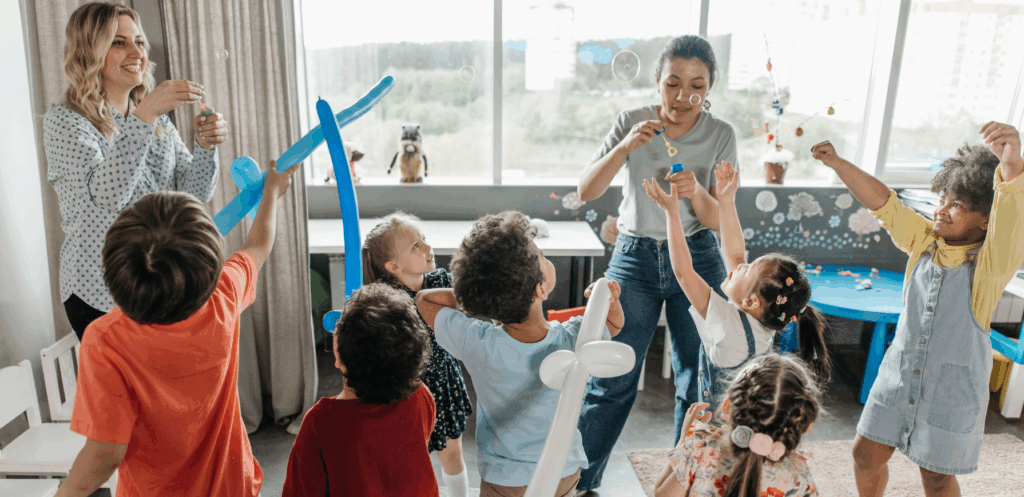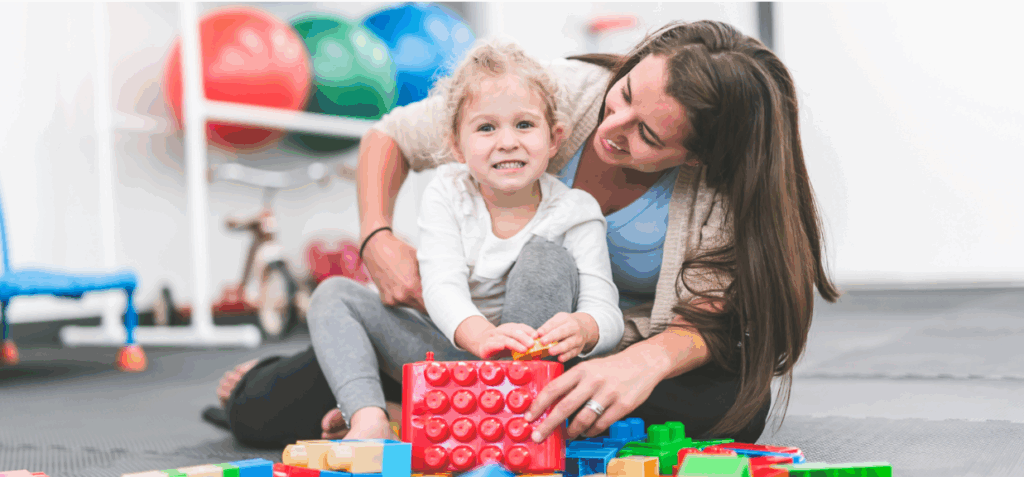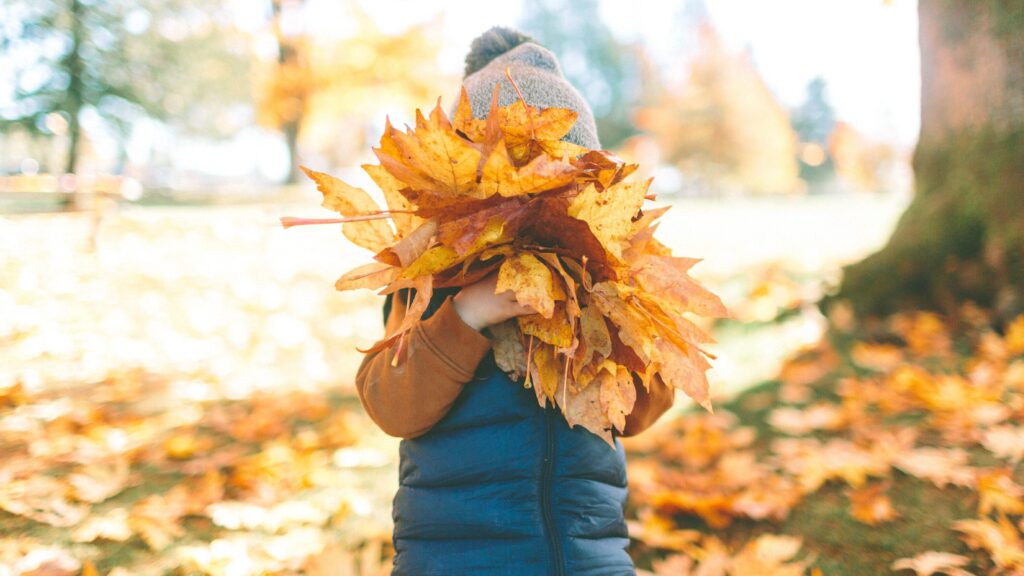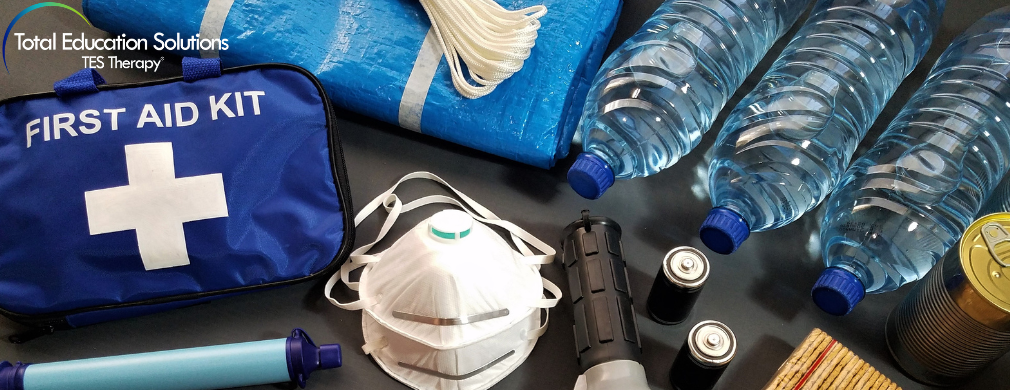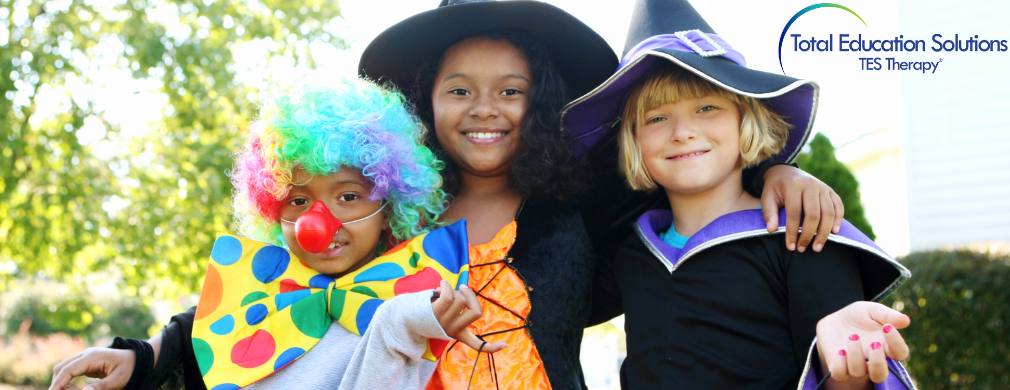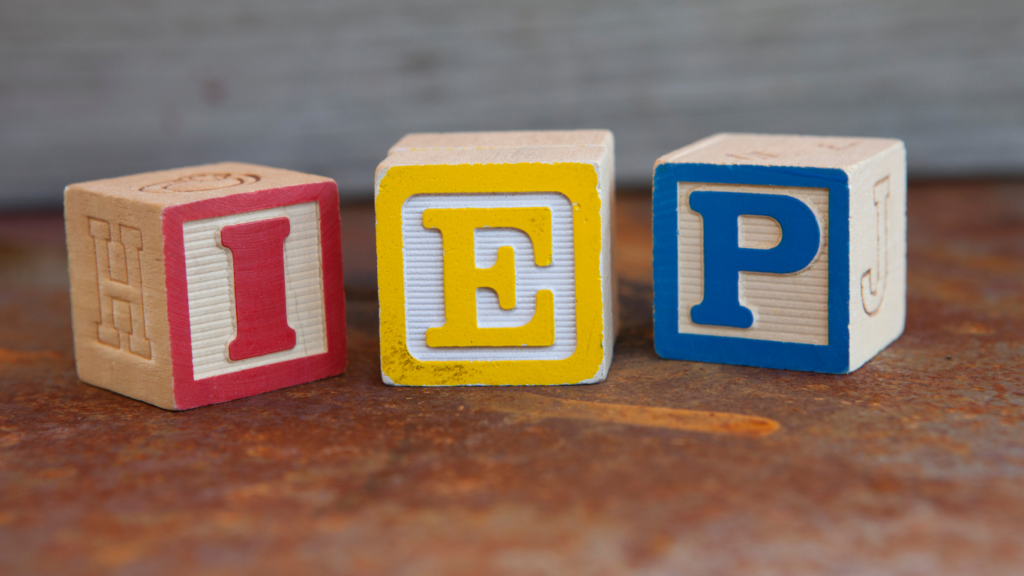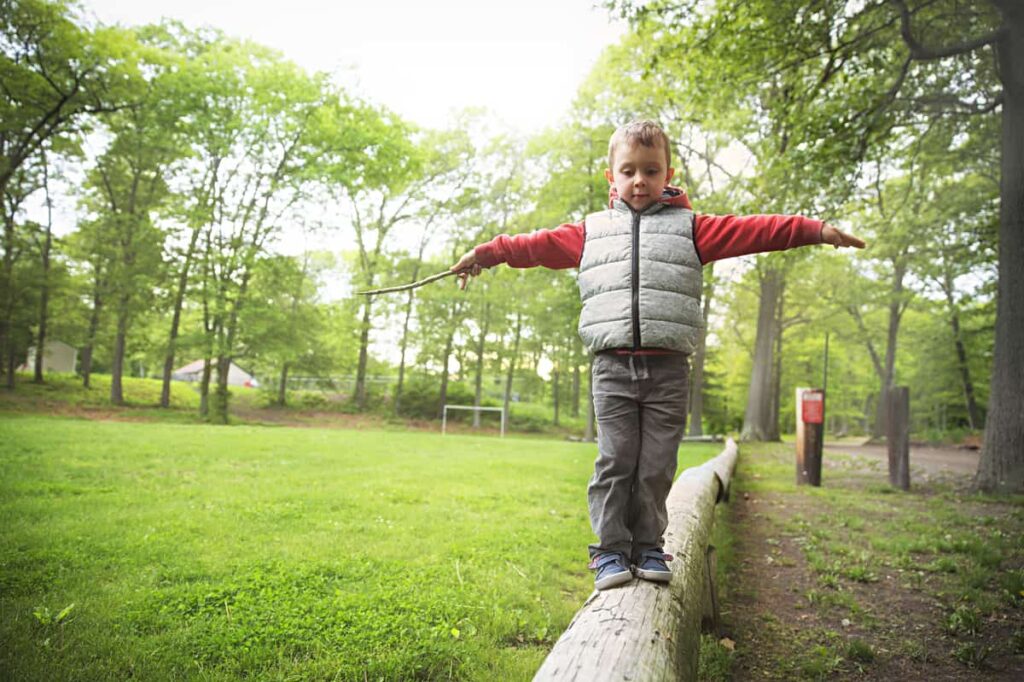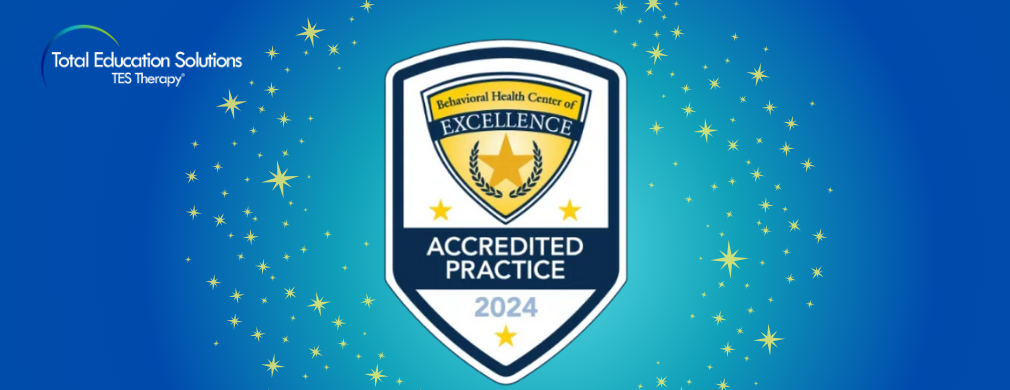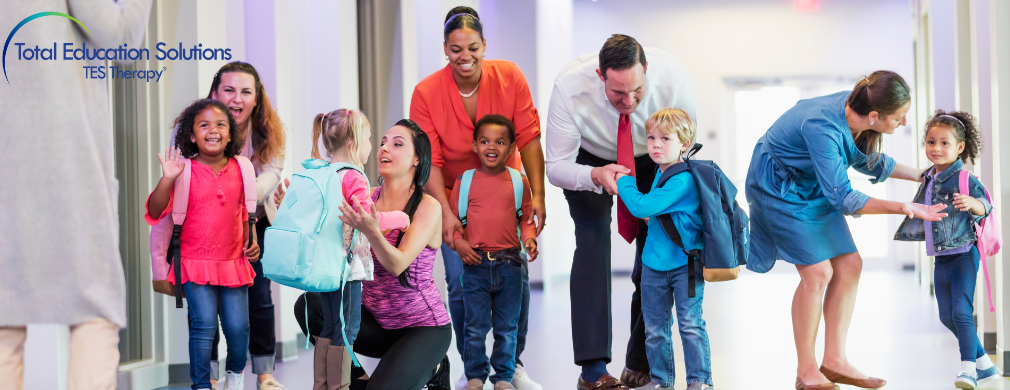When you’re a child, everything is difficult because everything is new.
Hopping on one foot, catching a ball, doing a somersault – any of these can be challenging when you’re four years old and still learning about how the world works.
For children with disabilities or special needs, navigating the world is even more challenging, even for simple tasks. Children with physical or mental limitations may have trouble running around outside or making friends and communicating their feelings appropriately. These are things that most children learn as they grow up, but for students with disabilities, it can be difficult to keep up.
It’s important to remember that all children deserve the chance to play and learn just like any other children their age, especially because this learning can make a huge difference in their lives.
Luckily, adapted physical education games and activities can help.
What is Adapted PE?
Adapted physical education (APE) is a form of physical activity modified to meet the needs of children with special needs. The adapted PE games are designed for students who have physical or mental disabilities that limit their ability to participate in regular physical activity. It can include kids with Autism Spectrum Disorder, Down Syndrome, cerebral palsy, muscular dystrophy, and more.
In addition to providing a safe environment for all students to enjoy physical activity regardless of disability, APE also provides unique opportunities for socialization and inclusion.
Adaptive PE games can be modified by changing space requirements or using adaptive equipment such as specialized balls rather than standard ones. Making modifications will make them accessible not only for those with disabilities but also for those without.
How Do You Modify Activities For Students With Disabilities?
Many PE activities can easily be modified for any student but adapted PE games should be made specifically with special needs students in mind.
Before you start making changes to your PE activities, first you have to understand the number and extent of each student’s capabilities and limitations.
Is the child in a wheelchair? Is he or she non-verbal? Do they have sensory processing disorder that makes certain sounds or textures overwhelming?
Once you’ve assessed your students’ needs, it’s time to figure out what kind of activities are best. Consulting with a child psychologist and therapist who is trained in meeting the needs of this community can help.
Children with autism spectrum disorder, for example, might enjoy activities that focus on engaging their senses and/or that give them structure. This could include pairing auditory prompts with physical activity to help them learn how to listen and follow instructions.
Getting differently-abled kids involved in adapted physical activities can help them to develop motor skills and coordination, learn socialization skills like taking turns or maintaining eye contact, and even calm their sensory needs.
Modification strategies for students with disabilities include:
- Changing the duration or length of activities.
- Volleyball and tennis nets lowered for students with limited motor skills to participate.
- Use larger and softer balls or use lightweight bats to avoid muscle injury for students with upper extremity impairments.
- For basketball and soccer, allow students to walk or run in a confined space.
You don’t have to stop at modifying common sports and activities. Games that focus on adaptive physical education from the ground up are a great way to make sure everyone is having fun and learning.
Adapted Physical Education Games
The great thing about adapted physical education games is that they’re inclusive.
When PE games are modified to include students with disabilities, it helps them feel embraced and important. It gives them an opportunity to learn social skills and bond with their classmates and engage with them on the same level.
When they engage in regular physical activity, they develop stronger bones, muscles, and cardiovascular health, making them more resistant to injury and illnesses.
Here are a few inclusive PE games that you can try:
Balloon Polo
This game combines soccer and basketball to create a fun PE class.
Begin by dividing the students into two even teams, one on each side of the court.
Next, blow up two balloons and tie them to either end of the basketball hoop’s ring. Then place a soccer ball on each team’s side of the court.
The first student from each team gets a balloon and has to try to place it in their opponent’s goal without holding the balloon.
If a player is able to do this, they score a point. If not, their opponent gets a turn with the balloon. If a student drops the balloon or it pops, they have to sit down and wait for their team’s next turn.
Whoever has the most points at the end of class is declared the winner.
This game can be adapted to fit different age and ability levels by:
- Shortening or increasing the length of time each player has to get the balloon into their opponent’s goal.
- Using smaller balloons for younger students and larger ones for older students.
- Using a smaller or larger court depending on the student’s ability and age
Adapted Dodgeball
This game is great for students with upper extremity impairments or poor hand-eye coordination.
To adapt to regular dodgeball, divide the class into two teams and have them stand on either side of the dodgeball court.
Then, blow up a bunch of balloons and divide them evenly between team members. The students will now try to throw the balloons at their opponents without getting hit themselves.
If someone gets hit, they must sit down and wait until their team’s next turn. The last person standing on either side wins.
This game can be adapted to fit different age and ability levels by:
- Shortening or increasing the length of time between turns.
- Using smaller balloons for younger students and larger ones for older students.
- Using a smaller or larger court depending on the student’s ability and age.
Life-Sized Chutes and Ladders
If you have limited space in the gymnasium, then here’s a fun game that involves using your imagination.
First you’ll need to set up your life-sized game board. Use hula hoops, cones, and ropes, or tape on the floor to mark out the spaces, chutes, and ladders. You can find an example of a great life-Sized Chutes and Ladders board here. You can use matching letters, numbers, or symbols to show which chutes and ladder spaces are connected to each other. You’ll also need a spinner. You can get one from Amazon, use this virtual spinner for the activity, or make one yourself. An oversized dice will also work if you have one on hand.
Once you have the game board ready divide the class into groups of four to six students and give each group a spinner. Now you’re ready to play!
Life-Sized Chutes and Ladders Game Rules:
- Take turns spinning the spinner.
- Move number of spaces indicated on the spinner or dice.
- If you land on a chute space, move to the bottom of the chute.
- If you land on a ladder space, move to the top of the ladder.
- If the square you land on is occupied the person in that space moves back to the first open space they come to.
- First to the end wins!
This game can be adapted to fit different age and ability levels by:
- Shortening or increasing the length of time between turns.
- Using smaller ladders for younger students and larger ones for older students.
- Using a smaller or larger board depending on the student’s ability and age.
- Including exercises on each space for the students to complete when they land on that space.
Dance Warm-Up
This activity is great for students with poor motor skills.
Begin by playing music and having the class move their arms, legs, torsos, or heads in time to music. You can also use it as an opportunity to teach students about the different muscle groups by having students call out the names, clapping at each one.
This game can be adapted to fit different age and ability levels by:
- Shortening or increasing the length of time between turns
- Adding or removing steps in the dance routine to make it easier/harder depending on your students’ abilities
- Using different types of visual cues for students who are visually impaired
Adapted Basketball
This game is great for students with upper extremity impairments or poor hand-eye coordination.
To adapt regular basketball, divide the class into a few teams and have them stand on either side of the basketball court. Then, blow up a bunch of balloons and divide them evenly between team members.
The students will now try to throw the balloons at their opponents without getting hit themselves. If someone gets hit, they must sit down and wait until their team’s next turn. The last person standing on either side wins. This game can be adapted to fit different age and ability levels by:
- Shortening or increasing the length of time between turns
- Using smaller balloons for younger students and larger ones for older students
- Using a smaller or larger court depending on the student’s ability and age
General Adapted Physical Education Strategies
Here are some strategies that can be used to involve students of varying abilities in your games:
- Decrease the number of people on each team if a student has poor motor skills.
- Increase the length of time between turns if a student is unable to quickly respond.
- Give students with physical or mental disabilities extra breaks throughout class.
- To make the steps easier for kids, you can use pictures or provide verbal prompts to show what they should be doing.
- Give each team a different color t-shirt that shows who is on their team so it’s easier to keep track.
- Use equipment that differs in size, weight, and texture to kids with visual impairment to identify different objects.
With Adaptive PE Activities, Everyone Wins
Including students with disabilities in group physical activity is a great way to make sure they get the physical activity and socialization they need. The games we’ve outlined can be modified according to the ability level or age of the student, so there are plenty of ways for your adaptive PE class to include students who learn at all types of levels.
Total Education Solutions can help you develop an adapted school curriculum that fits the needs of all of your students, not just the ones that are differently-abled. Get in touch with us today, and we can work together to help your students be the best they can be, regardless of any limitations or differences they may have.

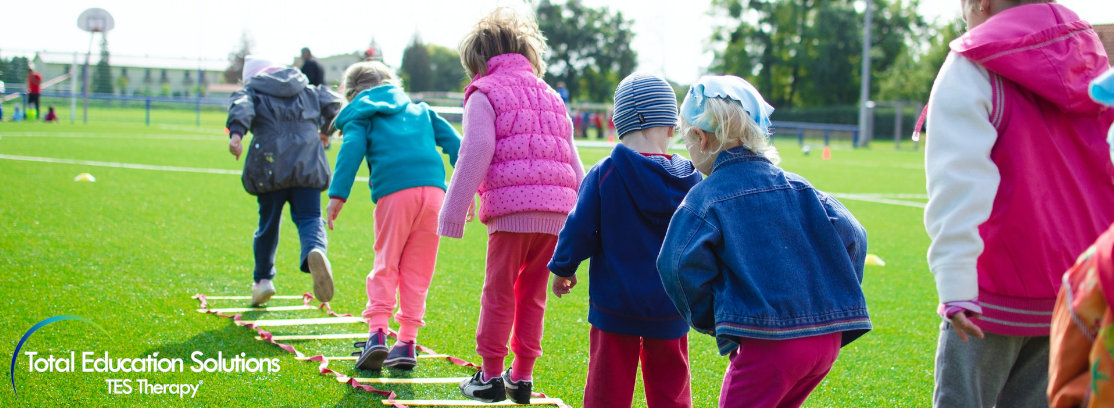
 08 Feb 2022
08 Feb 2022 